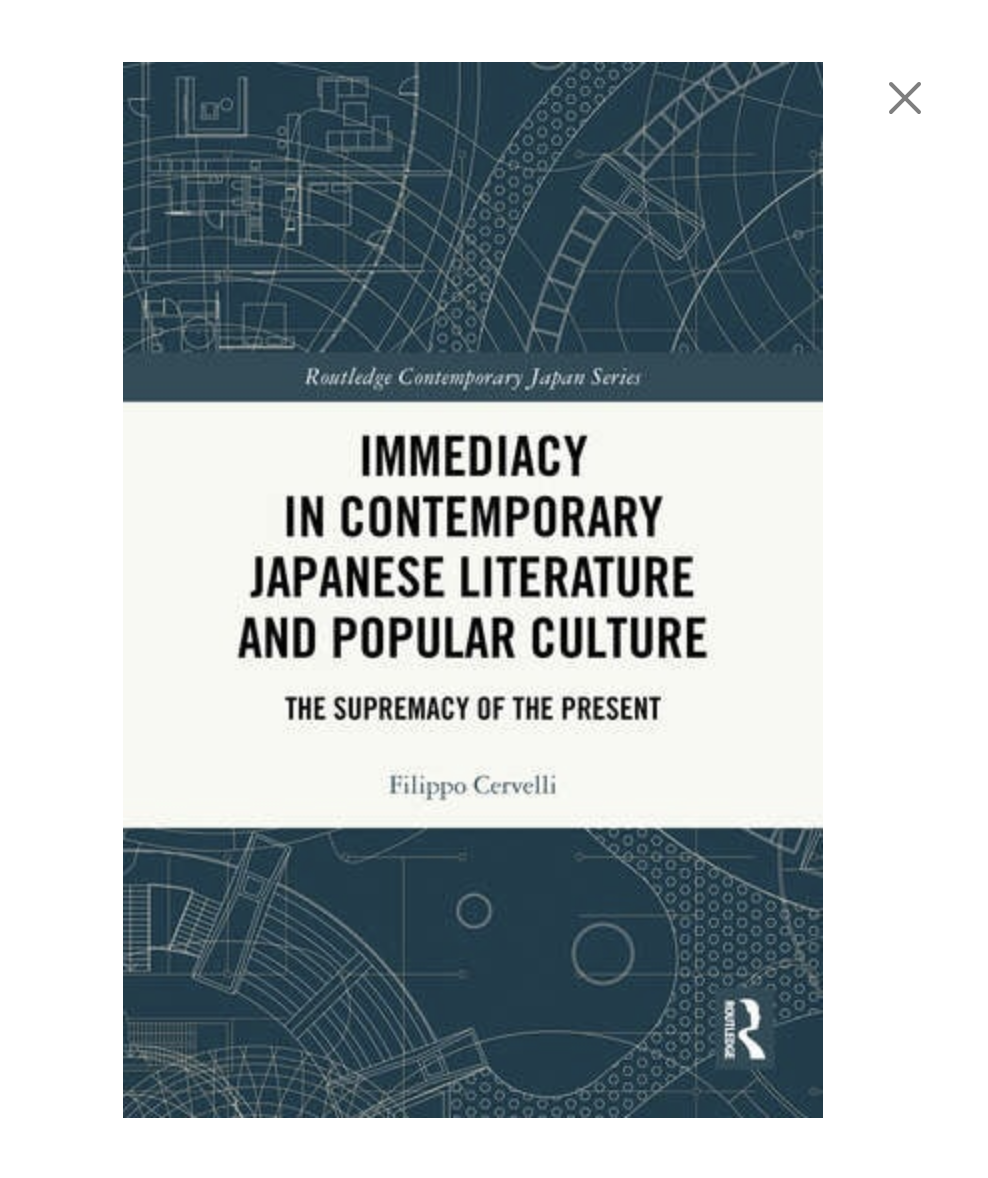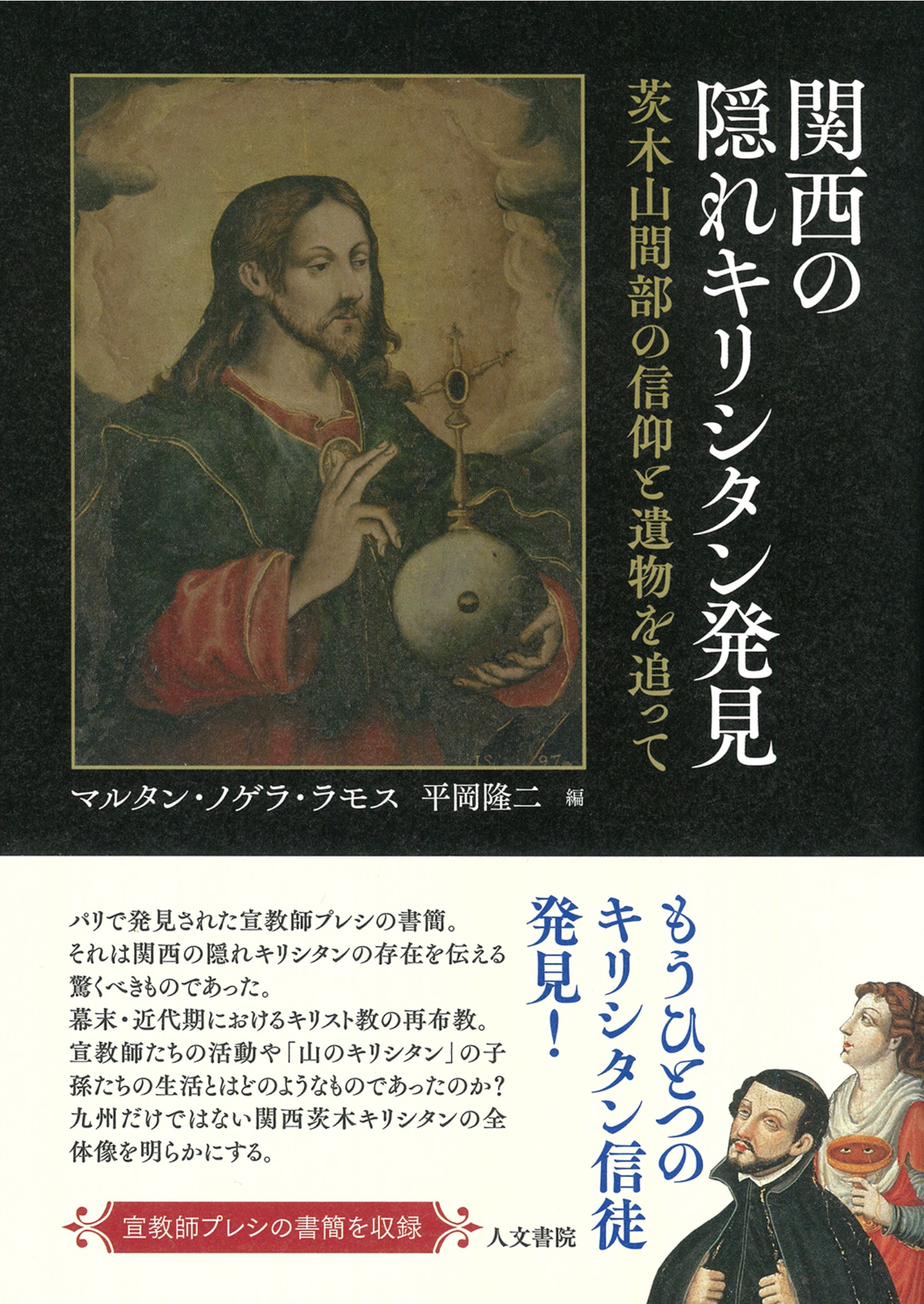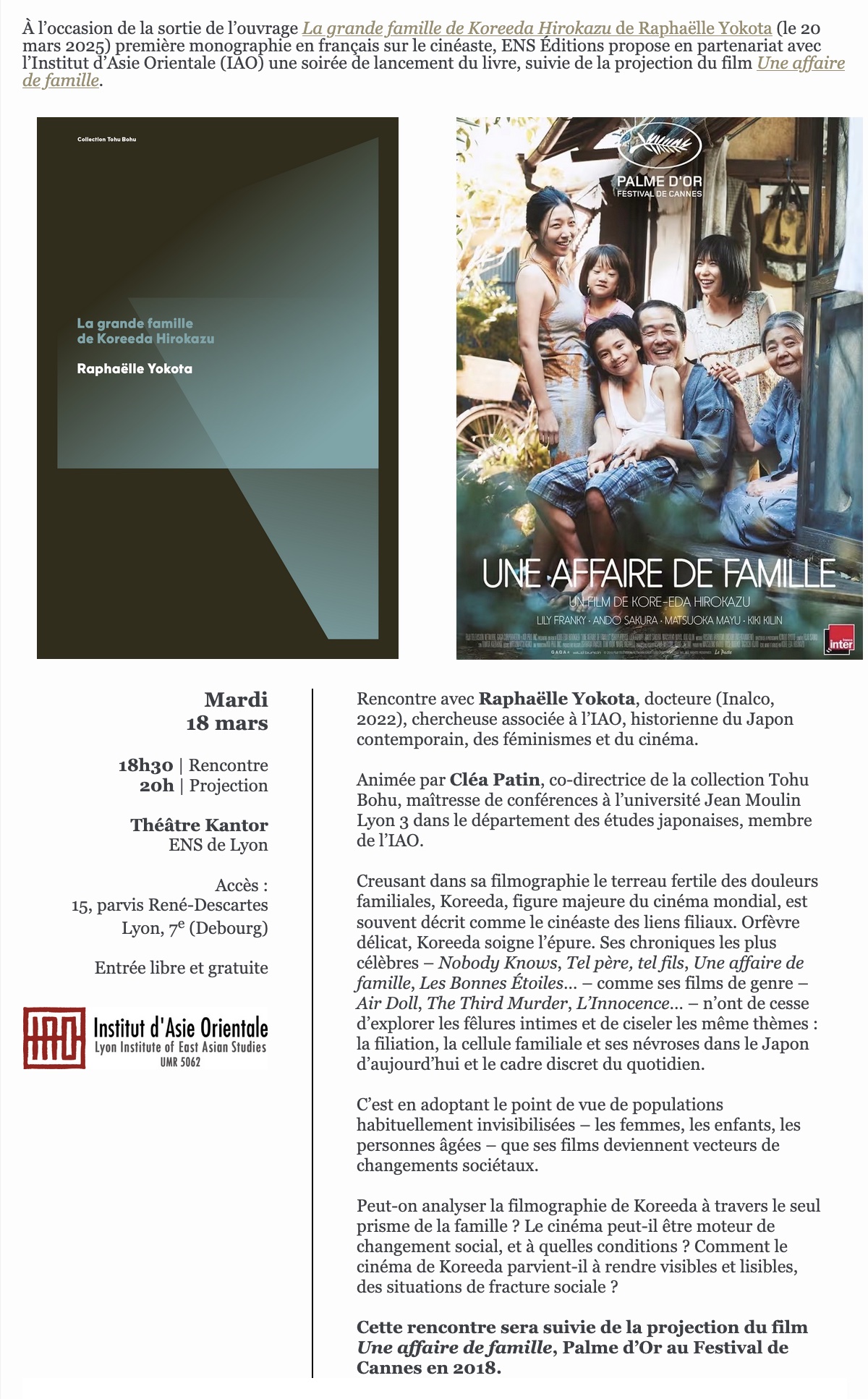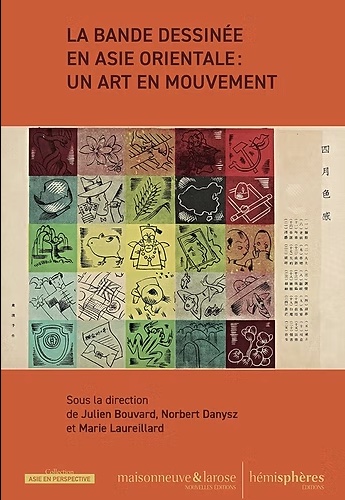Le secrétariat de la SFEJ est en train de préparer le Bulletin 2024 de la SFEJ qui sera diffusé, sauf contretemps, au cours du printemps 2025.
Le Bulletin contiendra comme chaque année l’annuaire de notre association.
Pour que ce Bulletin joue pleinement son rôle informatif, il est important que chacun de vous nous signale les modifications intervenues dans vos coordonnées (adresse professionnelle ou personnelle, courriel, téléphone, etc.).
Vous trouverez en bas de ce message les informations demandées (à éventuellement corriger).
Nous vous serions reconnaissants de nous faire parvenir vos modifications d’ici le 1er mars 2025, après vérification de votre notice dans le Bulletin 2023 qui vous a été envoyé par courriel.
Passée cette date, il nous sera très difficile de reporter les modifications que vous nous auriez indiquées.
Merci d’envoyer ces informations à l’adresse suivante : annuaire.sfej@gmail.com
Nous vous rappelons d’autre part que vous pouvez à tout moment vous mettre à jour de votre cotisation en utilisant le paiement en ligne sécurisé (http://sfej.asso.fr/?p=64). Si vous n’apparaissez pas dans le Bulletin 2023, cela signifie que, sauf erreur de notre part, vous n’avez pas réglé votre cotisation depuis plusieurs années.
Pour rappel : les notices de l’annuaire se décomposent comme suit.
NOM, Prénom
1. Statut, profession
[2. Adresse postale de contact (obligatoire mais ne sera pas publiée)]
2. Adresse électronique
3. Adresse postale professionnelle (le cas échéant)
4. Domaines d’intérêt ou de recherche
5. Lien vers une page personnelle
6. Laboratoire de rattachement (le cas échéant)
Nous vous serions très reconnaissants de nous faire parvenir pour la même date que les mises à jour des notices (le 01 mars 2024 au plus tard) la liste de vos publications datées de 2024 (les publications « à paraître » sont donc à exclure). Le dernier Japon Pluriel (14) étant paru en 2024, les articles qui y ont été publiés sont concernés.
Elles seront indiquées dans le Bulletin 2024 dans la rubrique « Publication des membres de la SFEJ ».
Nous nous proposons également, comme l’an passé, de faire figurer le cas échéant les prix reçus par les membres de l’association durant l’année.
L’adresse d’envoi pour ces informations est la suivante : bulletin.sfej@gmail.com.
Quelques indications concernant le format de présentation (dans un fichier Word ou assimilé) que nous vous demandons de respecter scrupuleusement pour faciliter le travail d’édition :
– Police : Arial 11 :
– Pour une monographie : NOM Prénom, Titre, Lieu, Maison d’édition, année, nombre de p.
– Pour un ouvrage collectif : NOM Prénom et NOM Prénom (dir.), Titre, Lieu, Maison d’édition, année, nombre de p.
– Pour un article : NOM Prénom, « Titre de l’article », Titre de la revue, numéro, année, p. x-x
NB : Pour les publications en japonais, donner la version originale suivie de sa traduction entre parenthèses, et les noms propres suivis directement de leur transcription. Par exemple : BERLINGUEZ-KONO Noriko, 「コロナ禍の情報リテラシーから見える国家と社会」 (L’État et la société vus au travers de la littéracie médiatique au temps du covid) in 長谷川信次編 HASEGAWA Shinji (dir.), 『コロナ下の世界における経済・社会を描く』(Économie et société dans le monde du covid), 同文舘出版 (Dōbunkan shuppan), 2021, p. 195-213.





